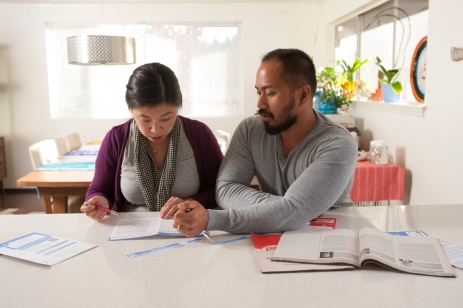Last week’s election had a few close races, and while currently none are expected to trigger a recount, we thought it would be helpful to share how a recount works.
It’s important to know that there are two different types of recounts, machine and manual, and that there are different thresholds for each, as well as for the type of race. There are also no mandatory recounts for state advisory votes or local measures.
Mandatory Machine Recount – A machine recount is when in all ballots for that race are re-scanned and re-tabulated electronically. For all races and statewide measures a recount is triggered if the gap is fewer than 2,000 votes and also less than .5% (.005) of the total overall votes cast for both candidates.
Mandatory Manual Recount – A manual recount is when all ballots for that race are counted by hand. For statewide races and measures a recount is triggered if the gap is fewer than 1,000 votes and also less than .25% (.0025) of the total overall votes cast for both candidates. For other races a recount is triggered if the gap is fewer than 150 votes and also less than .25% (.0025) of the total overall votes cast for both candidates.
Occasionally, someone may request a recount. This situation requires an application for a requested recount which must be filed within two business days after the County Canvassing Board or Secretary of State has declared the official results of the primary or election for which the recount is requested. The application must specify the race or state measure to be recounted.
Visit our Elections website or the Secretary of State’s website for more information about the recount process. View our previous blog post about recounts here.





 We did not, however, set a record for voter turnout. Of the county’s estimated 1.28 million registered voters, about 82% cast a ballot. Voter turnout was 85% in 2012.
We did not, however, set a record for voter turnout. Of the county’s estimated 1.28 million registered voters, about 82% cast a ballot. Voter turnout was 85% in 2012. Many races are decided by thousands, even tens or hundreds of thousands, of votes. But others are much closer. What happens, you may have wondered, if there’s a tie?
Many races are decided by thousands, even tens or hundreds of thousands, of votes. But others are much closer. What happens, you may have wondered, if there’s a tie?